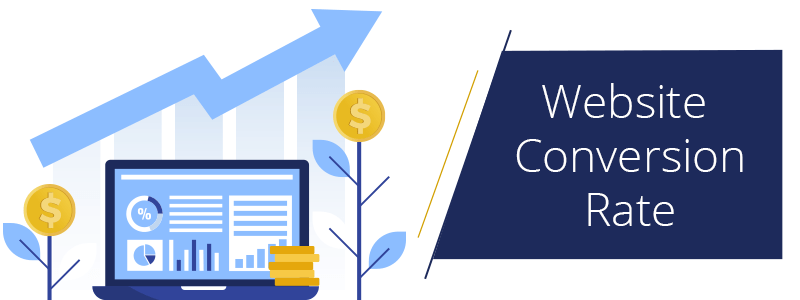Top 10 SEO Tools for 2024: Improve Your Rankings & Traffic
SEO is an ever-evolving field, and to stay ahead of the competition, you need the right tools to optimize your website, track performance, and drive more traffic. Here are the top 10 SEO tools for 2024 that can help improve your rankings and increase traffic. 1. SEMrush SEMrush remains one of the top all-in-one SEO tools, offering features like keyword research, backlink analysis, and competitor tracking. You can also perform site audits and track your rankings for specific keywords. Its user-friendly interface makes it great for both beginners and advanced users. 2. Ahrefs Ahrefs is another powerful SEO tool that excels in backlink analysis and competitor research. Its vast data set provides insights into keyword performance, content gaps, and the top-performing pages of your competitors, making it an essential tool for improving search engine rankings. 3. Google Search Console Google Search Console is a must-have for any website owner. It provides valuable insights into how your website is performing in Google’s search results. Use it to monitor your indexing status, fix crawling issues, and track the keywords that bring traffic to your site. 4. Moz Pro Moz Pro offers a comprehensive set of SEO tools, including keyword research, link analysis, and site audits. Moz’s Domain Authority metric is also widely regarded as a key indicator of a website’s ability to rank in search engines. 5. Yoast SEO (WordPress Plugin) For WordPress users, Yoast SEO is a go-to tool for on-page optimization. It helps you improve your meta descriptions, keywords, and readability while guiding you through creating SEO-friendly content. Check out our Content Creation services for SEO-optimized content that will help improve your rankings even further. 6. Screaming Frog Screaming Frog is a desktop-based tool that crawls your website to identify SEO issues, such as broken links, duplicate content, and missing meta tags. This tool is particularly useful for technical SEO audits and improving website architecture. 7. Ubersuggest Ubersuggest, developed by Neil Patel, is a free and powerful SEO tool that offers keyword suggestions, backlink data, and site audits. It’s particularly useful for small businesses and individuals looking for an affordable way to optimize their websites. 8. KWFinder KWFinder is an excellent tool for finding long-tail keywords with low competition. It helps you uncover keywords that are easier to rank for and shows you the monthly search volume, making it a perfect choice for niche SEO strategies. 9. Majestic Majestic is primarily focused on backlink analysis. Its “Trust Flow” and “Citation Flow” metrics are great for determining the quality of backlinks and tracking your link-building progress. Use Majestic to analyze your competitors’ backlink profiles and improve your own. 10. Google Analytics Google Analytics is a critical tool for monitoring website traffic and understanding user behavior. It helps you track visitors, their interactions, and conversions, providing a holistic view of how your SEO efforts impact overall website performance. Call to Action Looking for expert help with SEO optimization? Contact us for tailored solutions that will improve your website’s performance! Phone: 0161 399 3517Email: Syed_66@hotmail.com









